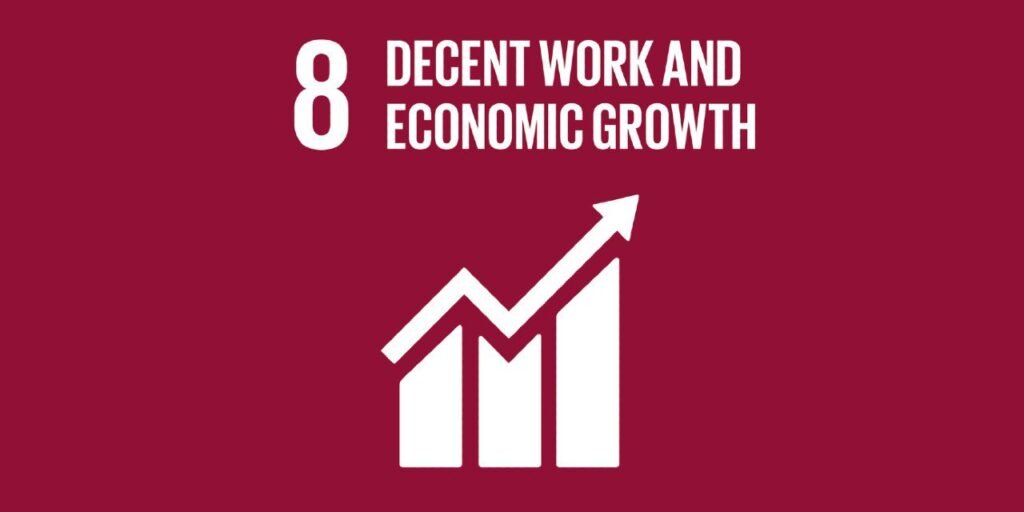
In 2015, the United Nations came together to adopt 17 Sustainable Development Goals (SDGs). These goals are a blueprint for creating a more sustainable future for our planet. Since then, businesses of all sizes have been working to integrate these goals into their operations. But what are the 17 SDGs? And why should your business be interested in them? In this blog post, we will answer these questions and discuss the benefits of sustainable development goals in business!
- What are the UN sustainable development goals?
- What is SDG in business?
- What companies can do to promote SDGs?
- How do companies set sustainability goals?
- How can you contribute to sustainable development as a student?
- How can you as a responsible citizen contribute to sustainable development?
- FAQs
What are the UN sustainable development goals?
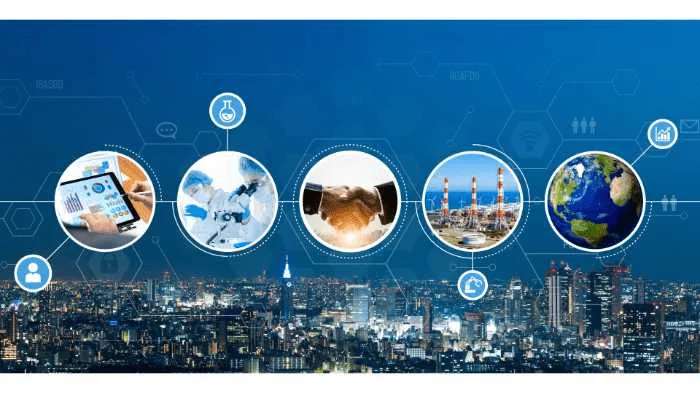
The United Nations Sustainable Development Goals (UN SDGs), also known as the Global Goals, are a broad set of 17 goals that all UN member states have committed to working towards. The goals cover a wide range of areas, including poverty alleviation, gender equality, healthcare, education, and climate change.
The UN SDGs are an ambitious attempt to address the world’s most pressing problems, and they offer a framework for countries to develop sustainable policies and programs. While the UN SDGs are not legally binding, they provide an important blueprint for how the international community can work together to build a better future for all.
The 17 goals are:
- End poverty in all its forms everywhere
- End hunger, achieve food security and improved nutrition, and promote sustainable agriculture
- Ensure healthy lives and promote well-being for all at all ages
- Ensure inclusive and equitable quality education and promote lifelong learning opportunities for all
- Achieve gender equality and empower all women and girls
- Ensure availability and sustainable management of water and sanitation for all
- Ensure access to affordable, reliable, sustainable, and modern energy for all
- Promote sustained, inclusive, and sustainable economic growth, full and productive employment, and decent work for all
- Build resilient infrastructure, promote inclusive and sustainable industrialization, and foster innovation
- Reduce inequality within and among countries
- Make cities and human settlements inclusive, safe, resilient, and sustainable
- Ensure sustainable consumption and production patterns
- Take urgent action to combat climate change and its impacts
- Conserve and sustainably use the oceans, seas, and marine resources for sustainable development
- Protect, restore, and promote sustainable use of terrestrial ecosystems, sustainably manage forests, combat desertification, halt land degradation, halt biodiversity loss
- Promote peaceful societies for sustainable development, provide access to justice for All, and build effective institutional capacity at all levels
- Strengthen global partnerships for sustainable development.
What is SDG in business?
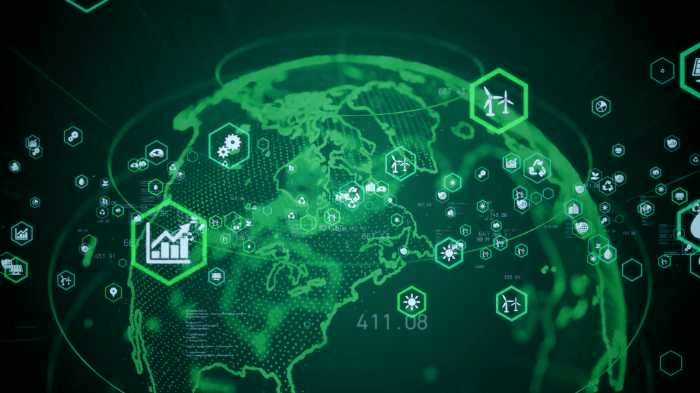
The SDGs are relevant to businesses because sustainability is essential to long-term business success. Increasingly, consumers are demanding that businesses take action on social and environmental issues. In addition, investors are increasingly incorporating Environmental, Social, and Governance (ESG) factors into their decision-making. As a result, companies that focus on sustainability are better positioned to prosper in the long term.
The SDGs provide a framework for businesses to identify opportunities and challenges related to sustainability. They can be used to set strategic priorities, develop new products and services, engage stakeholders, and measure progress. In other words, the SDGs can help businesses to operate more sustainably and create value for all stakeholders.
What companies can do to promote SDGs?
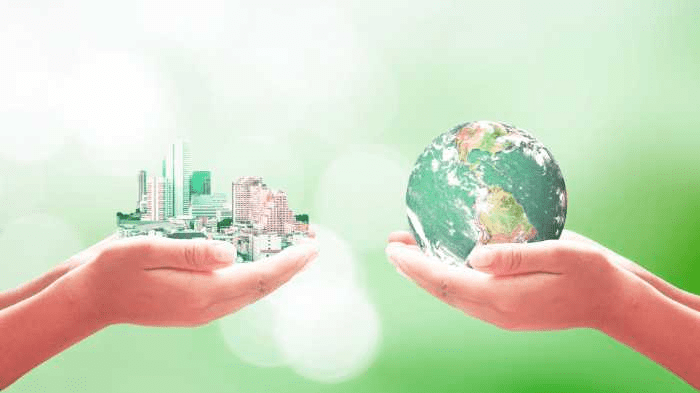
As the world increasingly becomes digitized, companies have a unique opportunity to use their platform to promote the United Nations Sustainable Development Goals. Businesses can play a key role in promoting these goals by incorporating them into their corporate social responsibility initiatives. For example, a company might commit to reducing its carbon footprint or increasing its use of renewable energy.
By promoting the SDGs, companies can show their commitment to making a positive impact on the world. Moreover, they can also inspire other businesses to do the same. In this way, businesses can help create a snowball effect that leads to real change.
You can’t improve what you don’t measure.
Free Verified Carbon Calculators.
Erase Your Carbon Footprint in less than 5 Minutes
Personal Carbon Footprint Calculator
Business Carbon Footprint Calculator
How many companies have signed on to the UN Sustainable Development Goals?

Almost 10,000 companies have signed on to the Sustainable Development Goals by the UN, including 3,000 non-business signatories from over 160 countries. The SDGs are a set of 17 goals that were adopted by the United Nations General Assembly in 2015 with the aim of creating a more sustainable, equitable, and prosperous world for all.
Sustainable development goals aim to ensure access to clean water and sanitation to tackle climate change, promote peace and justice, and eliminate extreme poverty. With such a wide range of goals, it’s no surprise that so many companies have decided to support the initiative.
Some of the world’s biggest brands have pledged their support, including Coca-Cola, Unilever, Microsoft, Starbucks, Huawei, Nike, JetBlue, Hilton Hotels, Lego, and Discovery Channel.
However, it’s not just multinational corporations that are involved; many small businesses have also signed on to the SDGs. Not just businesses, we also have the trend of sustainable cities increasing with every passing day.
By working together, businesses, the private sector, and communities of all sizes can help to create a more sustainable future for us all.
What are the 17 sustainable development goals aimed at?
The 17 sustainable development goals (SDGs) were adopted by all 193 member states of the United Nations. The goals are a broad framework that is aimed at addressing the world’s most pressing social, economic, and environmental challenges.
The goals are relevant to all countries, businesses of all sizes, governments, organizations, federations, and civil societies all have a role to play in achieving them.
Achieving these goals will require a comprehensive and holistic approach from all sectors of society. However, it is important to note that the goals are interrelated, and progress in one area can lead to positive spillover effects in other areas.
As such, there is no one silver bullet solution to achieve the goals. Rather, it will take a concerted effort from all stakeholders to create a more sustainable future for all.
How do companies set sustainability goals?
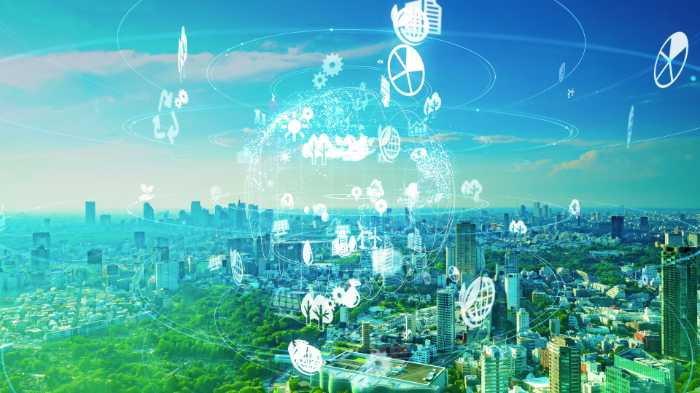
When it comes to sustainability, companies have to walk a delicate balance. On the one hand, they need to promote responsible consumption and economic growth. On the other hand, they need to protect the environment for future generations. But how do companies set sustainability goals that achieve both of these objectives?
The first step is to align business strategy with global partnerships like the UN Sustainable Development Goals. This gives companies a framework to guide their sustainability efforts. Then, companies need to set specific goals at the industry or regional level. For example, a company might aim to reduce its carbon footprint by 50% by 2025. Or it might strive to increase the proportion of clean energy and decrease fossil fuels used in its operations.
Companies companies that follow sustainable development with other organizations to achieve SDG goals and fight inequality, promote good health, indulge young people in their operations, and make business strategies that cater the social issues.
This collaboration can prove to be good for the environment as well as provide solutions for implementing the SDG agenda. Reduced inequalities can support less privileged communities and have a positive social impact around the world.
Ultimately, sustainability goals should be ambitious but achievable. They should also be tailored to the unique needs of the company and its customers. By taking these steps, companies can set themselves up for success as they strive to achieve a more sustainable future.
How can you contribute to sustainable development as a student?
As a student, you have the power to make a difference in the world. And with the United Nations Sustainable Development Goals (SDGs) as our roadmap, there has never been a better time to get involved. Here are just a few ways you can contribute to a sustainable future:
- Educate yourself and others about the SDGs: There are 17 goals in total, and they cover a wide range of topics such as poverty, hunger, climate change, gender equality, and water conservation. The more people that are aware of the goals, the better our chances of achieving them. You can start by checking out the UN website or doing a quick Google search.
- Get involved in your local community: There are many ways to do this, whether it’s volunteering for a local environmental organization or helping out at a food bank. Not only will you be making a difference, but you’ll also gain valuable skills and experience.
- Be an eco-friendly consumer: This means buying products that are sustainably produced and choosing companies that have ethical business practices. It can also involve things like recycling and reducing your energy consumption. Every little bit helps!
- Advocate for change: Use your voice to call for greater action on the SDGs. This could involve writing to your elected officials or speaking up on social media. Together, we can create a more sustainable future for all.
- Reduce your footprint: Everyone has a personal responsibility to live more sustainably. Students can start by making simple changes in their daily lives, such as recycling more often, using reusable water bottles, and eating less meat.
- Get involved on campus: Many universities have student groups dedicated to promoting sustainability initiatives. Getting involved is a great way to learn more about sustainability issues and make a positive impact on your campus community.
- Volunteer in your community: There are many opportunities for students to volunteer with organizations working on sustainability initiatives at the local level. From cleaning up local parks to volunteering at farmers’ markets, there are plenty of ways to get involved and make a difference.
- Pursue a career in sustainability: Students interested in making a long-term commitment to sustainability can consider pursuing a career in the field after graduation. Whether it’s working in environmental policy or green business, there are many ways to turn your passion for sustainability into a career.
How can you as a responsible citizen contribute to sustainable development?

As a responsible citizen, you can play an important role in sustainable development. There are many things you can do to help, including:
- Choose environmentally friendly products: When you purchase items, look for those that have a minimal environmental impact. Consider products made from recycled materials, or those designed to last for a long time.
- Save energy: You can save energy by making simple changes in your daily routine. Turn off lights when you leave a room, and unplug electronics when they’re not in use. Walk or bike instead of driving whenever possible.
- Reduce waste: One way to reduce your impact on the environment is to waste less. Avoid disposable items where possible, and recycle or compost whatever you can.
- Support sustainable businesses: Seek out businesses that are committed to sustainable practices. Patronizing these companies helps to encourage others to adopt similar practices.
- Spread the word: Talk to your friends and family about sustainability, and why it’s important. By raising awareness, you can help create balanced habits and concern for future generations. Implementing these five suggestions can help you make a difference in promoting sustainability practices both in your own community and around the world!
How can SDGs cope with extreme poverty?
One of the 17 SDGs is to end poverty in all its forms everywhere by 2030. According to the World Bank, extreme poverty is defined as living on less than $1.90 a day. The goals set by the SDGs are ambitious, and there is much work to be done in order to reach them. However, there are many ways in which the SDGs can help to cope with poverty.
One of the most important is providing access to education. By ensuring that everyone has the opportunity to learn, the SDGs can help break the cycle of poverty and give people the tools they need to build a better future.
Additionally, the SDGs can help to create economic opportunities and provide social protection for the most vulnerable members of society. Through these efforts, the SDGs can play a vital role in ending extreme poverty by 2030.
Conclusion
SDGs are a set of global goals that aim to promote sustainable living practices. Companies that follow sustainable development goals also contribute to a better future. There are 17 SDGs in all, and they cover a wide range of topics including climate change, poverty, and inequality. There are many ways for businesses, governments, individuals, and even students to get involved in promoting these initiatives. We can contribute by choosing environmentally friendly products, saving energy, reducing waste, supporting sustainable businesses, and spreading awareness about sustainability. Each one of us has the power to make a positive impact on our planet! Implementing some of the suggestions listed can help you make a difference when it comes to promoting sustainable living habits!
FAQs

Where is the UN headquarters?
The UN headquarters is located in New York City. The address is United Nations, New York, NY 10017.
What is the ideal research process for sustainability?
The ideal research process for sustainability begins with a review of the problem or issue to be addressed. Once the scope of the problem is understood, a team of researchers can be assembled to develop potential solutions. The team will then work to identify the most promising solution, which will be field-tested and refined as needed. Finally, the solution will be implemented on a larger scale, with regular monitoring to ensure its effectiveness. Throughout this process, it is important to involve stakeholders and decision-makers in order to ensure buy-in and support for the final solution.
What is the UN sustainability agenda?
The UN sustainability agenda is a plan to help make the world a more sustainable place. The agenda includes 17 goals, such as ending poverty and hunger, protecting the environment, and ensuring that all people have access to education and healthcare. The UN believes that by working towards these goals, we can create a more sustainable future for everyone.
More good reads on transparency…
7 Sustainable Building Certifications

Dean Emerick is a curator on sustainability issues with ESG The Report, an online resource for SMEs and Investment professionals focusing on ESG principles. Their primary goal is to help middle-market companies automate Impact Reporting with ESG Software. Leveraging the power of AI, machine learning, and AWS to transition to a sustainable business model. Serving clients in the United States, Canada, UK, Europe, and the global community. If you want to get started, don’t forget to Get the Checklist! ✅
